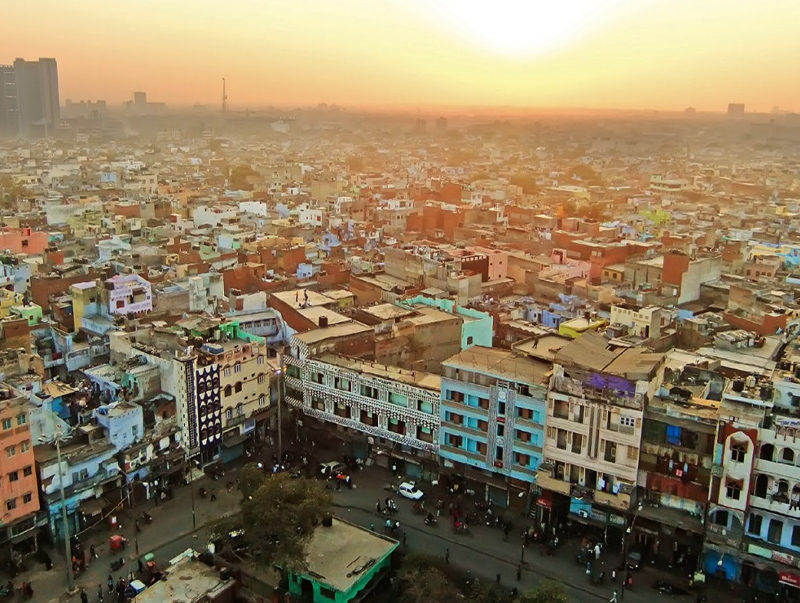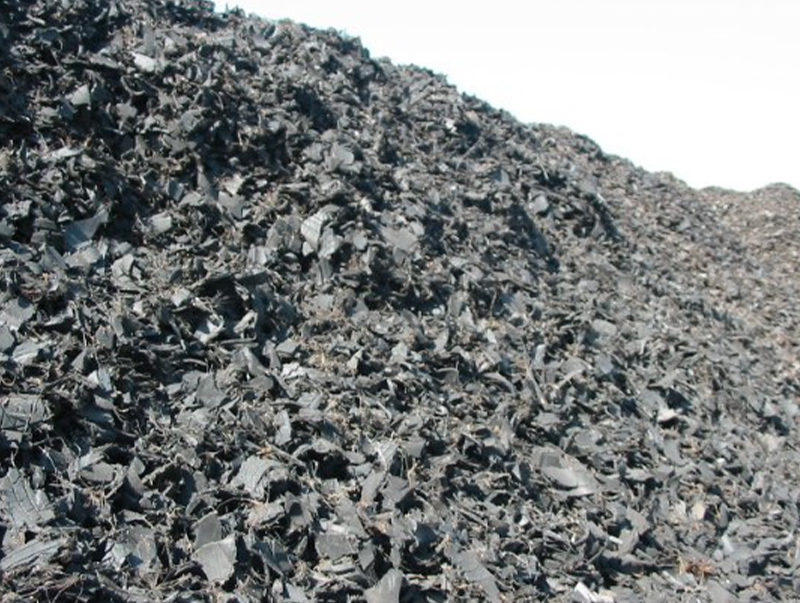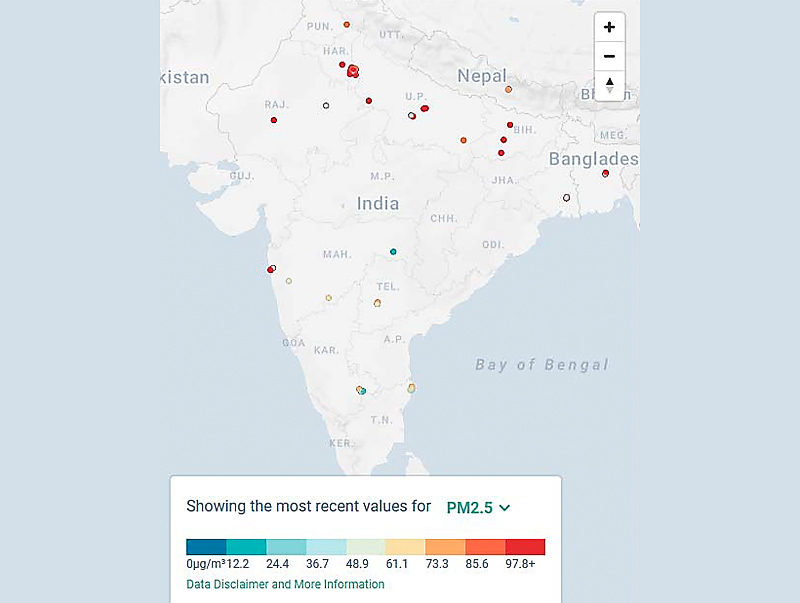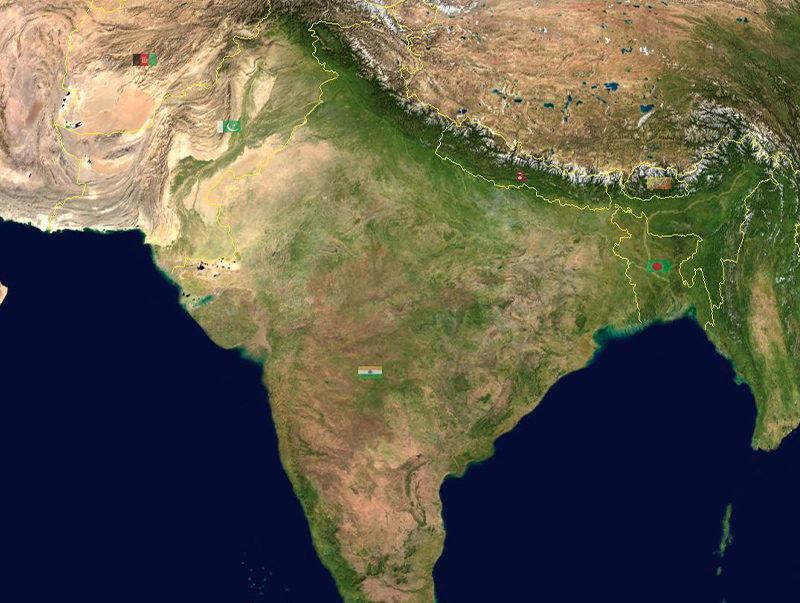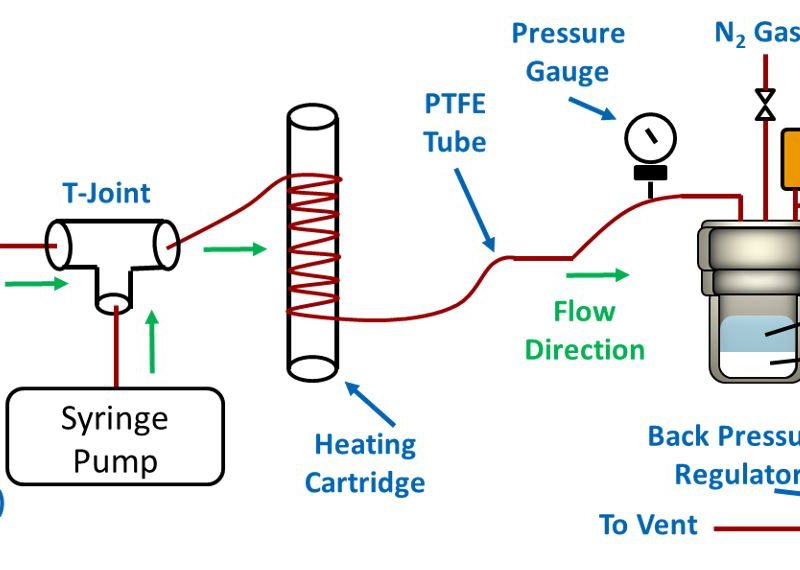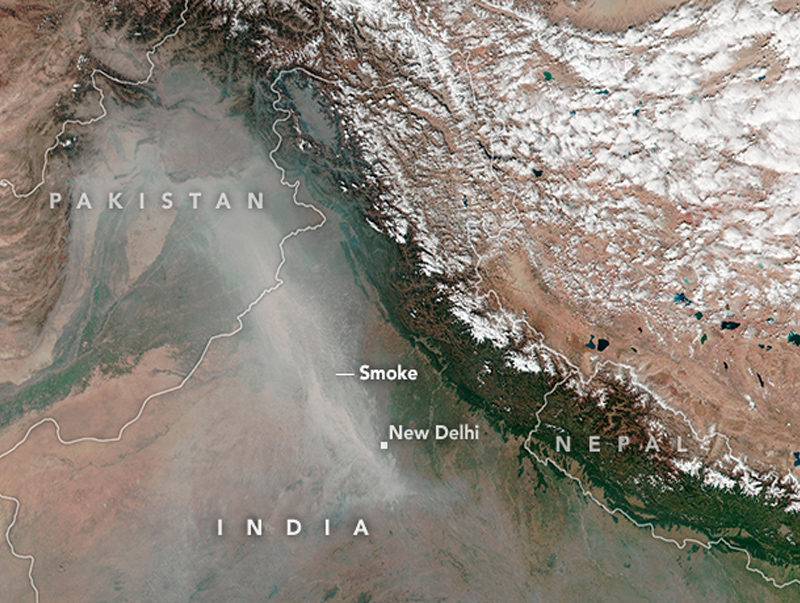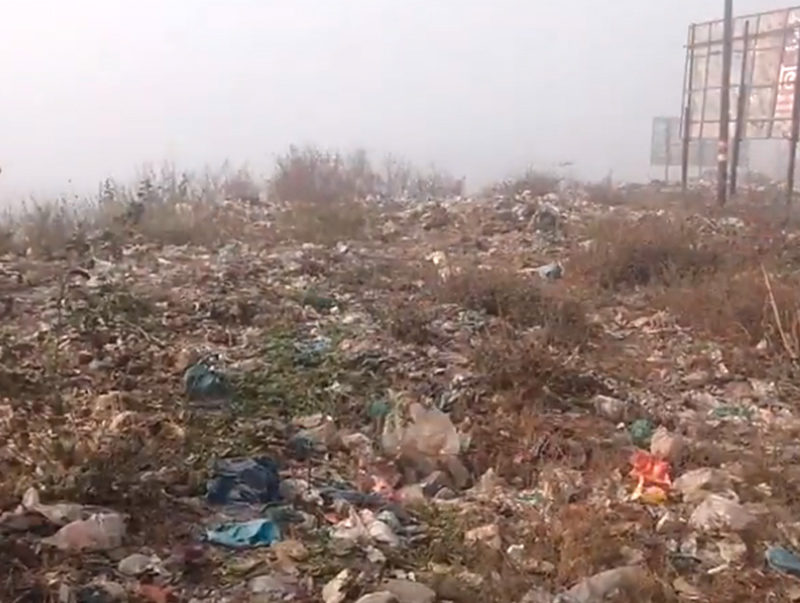
PROJECT DETAILS
- Focus Area Environment
- Faculty Jesse Kroll
- Fellow David Hagan
- Mentor Santosh Shanbhogue
The evidence linking air pollution to negative health effects is overwhelming, with many studies describing the effects of key pollutants on quality of life and mortality rates. According to the World Health Organization, the problem is particularly serious in India, which they say is home to 13 of the world’s 20 most polluted cities.
Currently, most world cities have just a few stationary sites to monitor these pollutants; these are insufficient for providing the spatially and temporally resolved data that is necessary for properly assessing personal exposure. This is especially true for complex environments with large and highly variable emission sources, such as megacities in the developing world (India, China, etc.). Dense networks of low-cost sensors can provide the granularity needed to begin to understand the personal exposure complexities that arise when living and working in an urban environment.
The goal of this project is therefore to develop a more complete understanding of urban atmospheric chemistry in megacities using low-cost atmospheric measurement devices, gathering data that can be leveraged by governments and researchers to mitigate air pollution.
We are developing inexpensive sensors that can be deployed in dense networks to monitor criteria pollutants, volatile organic compounds (VOCs), and particles. We have several prototypes in the field, monitoring data in real-time, while we continue to refine the technology. Eventually, they can be used to identify high pollution episodes, inform public policy, and identify previously unknown sources of pollution.




